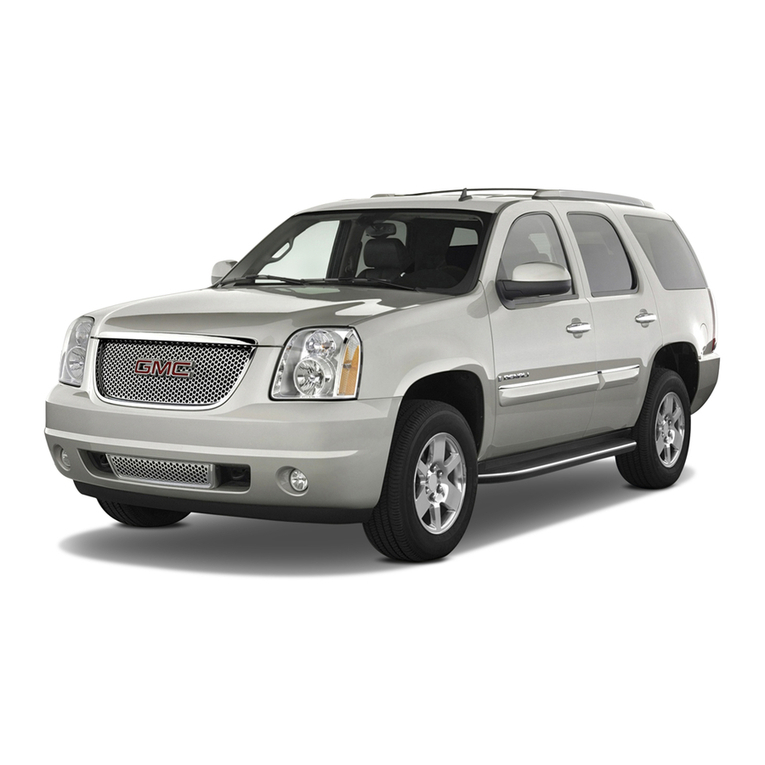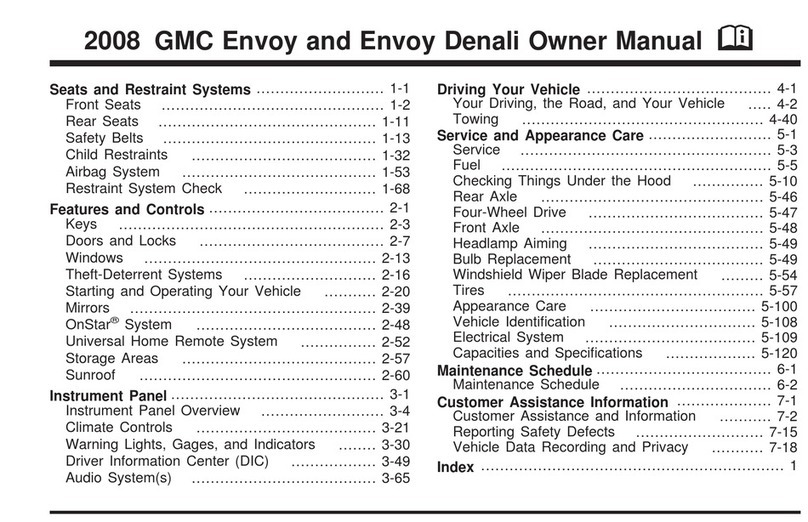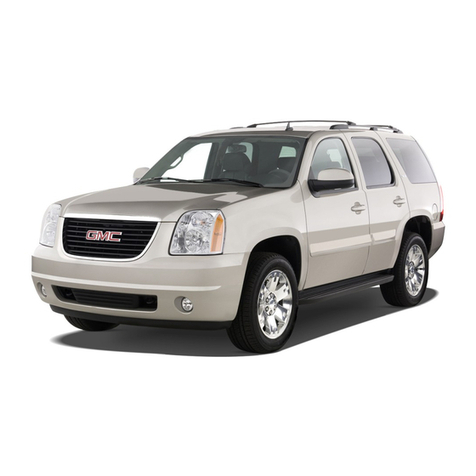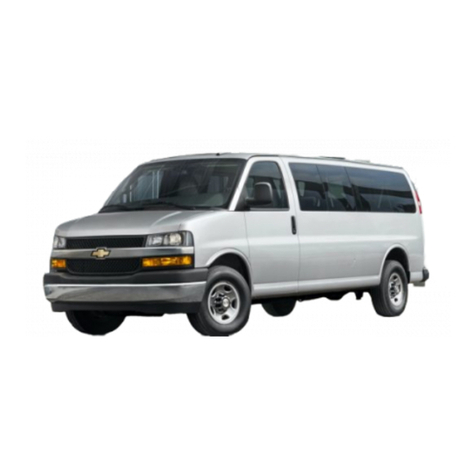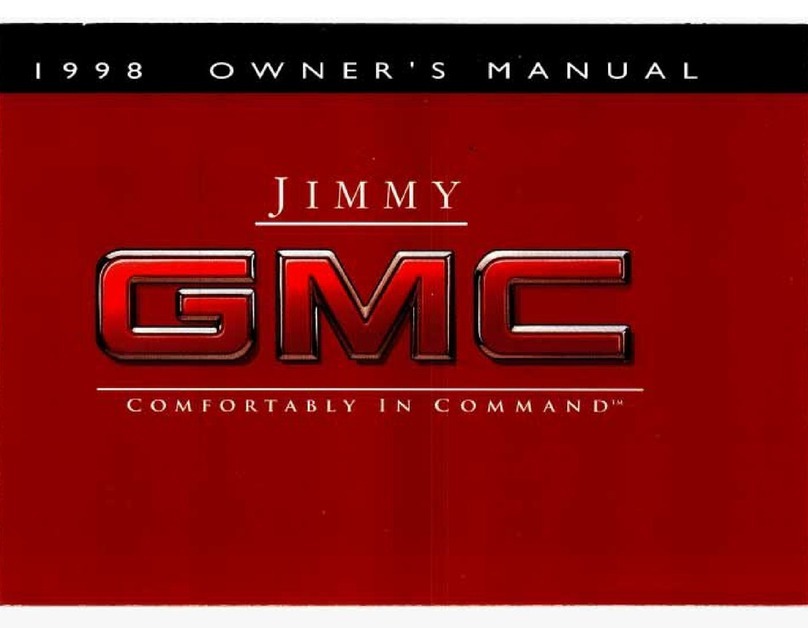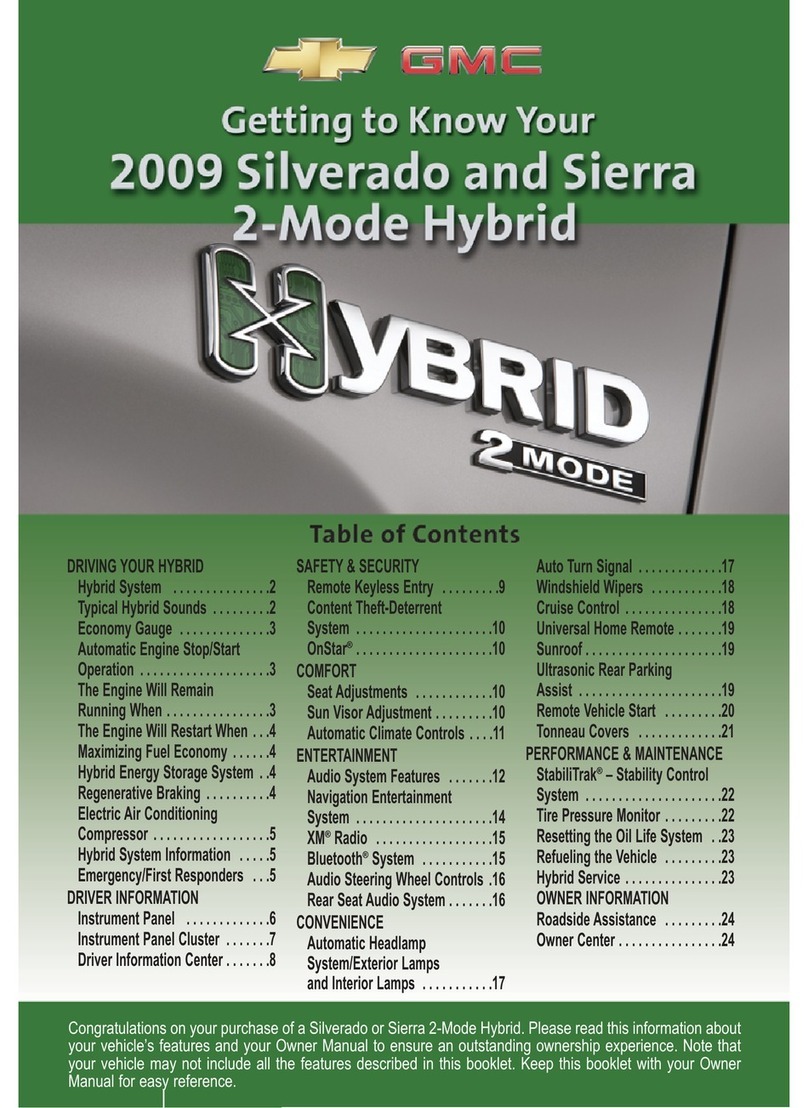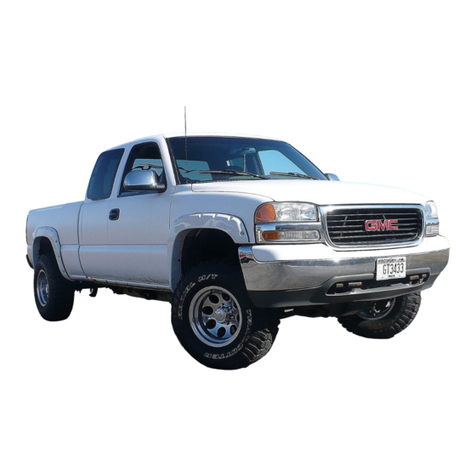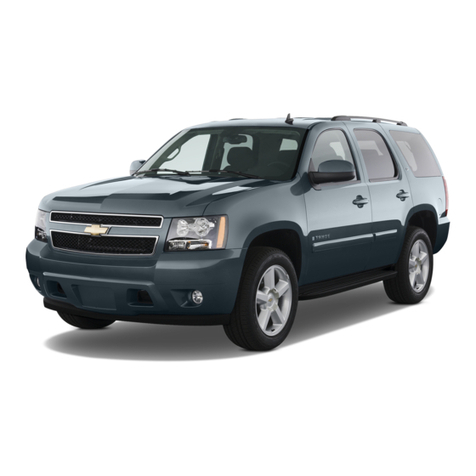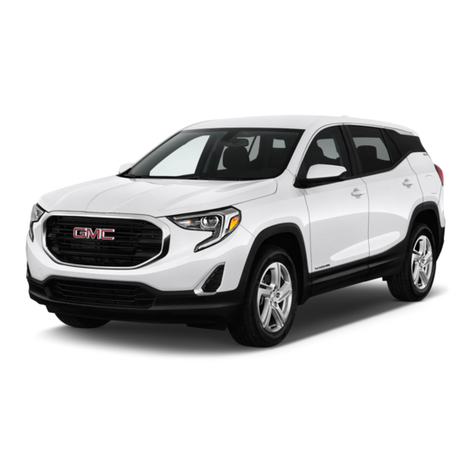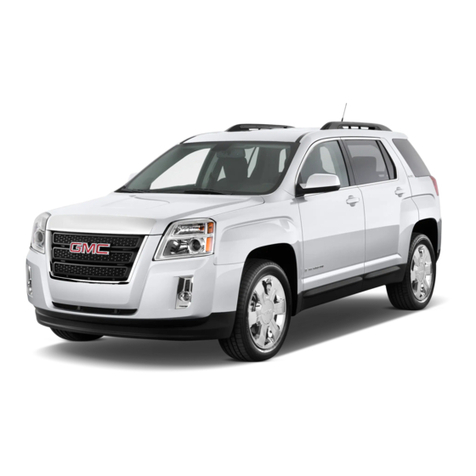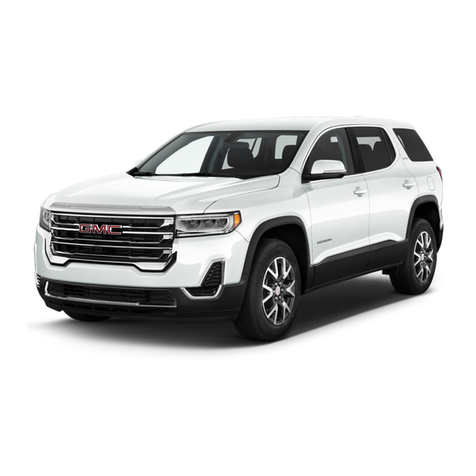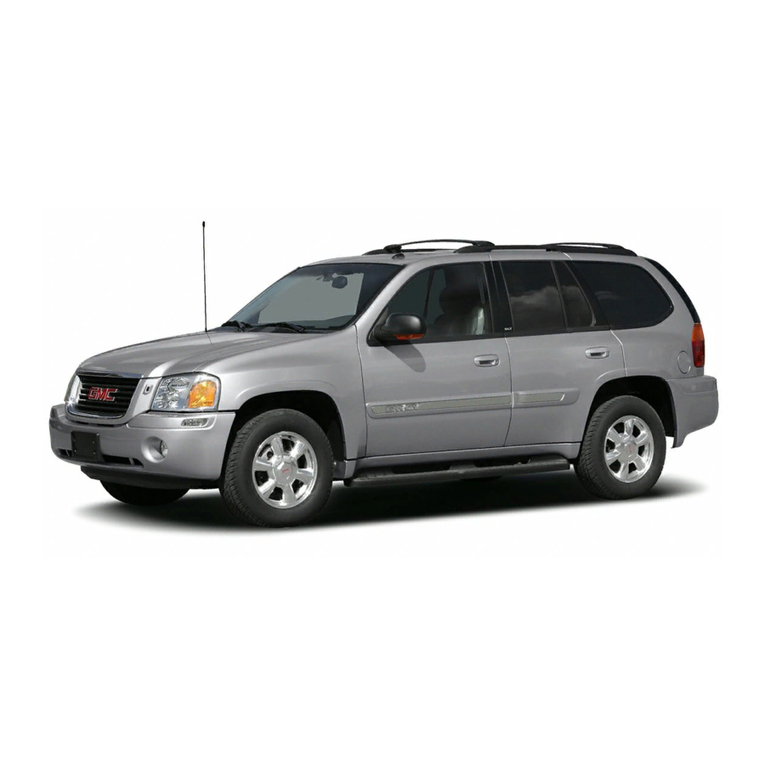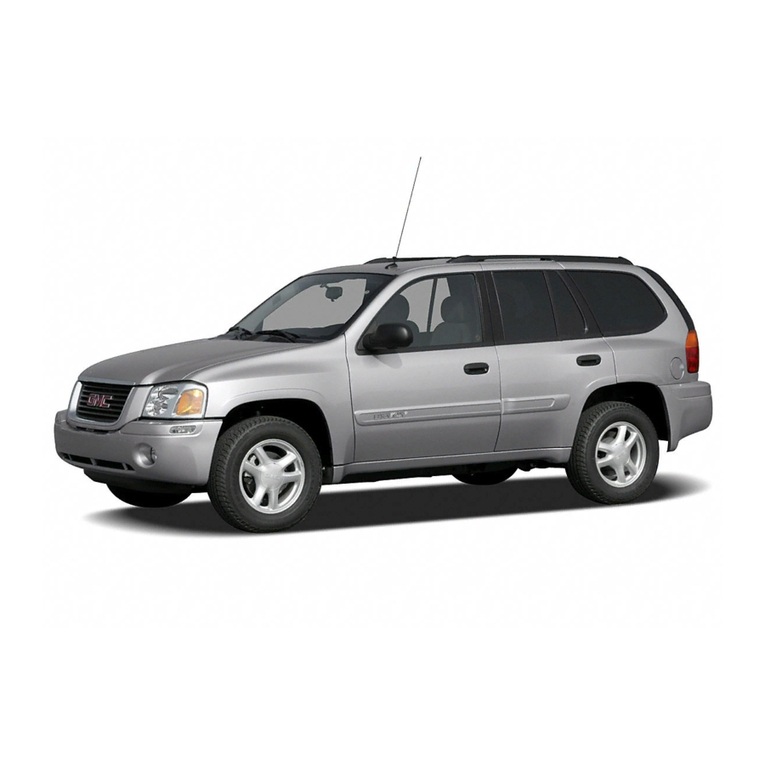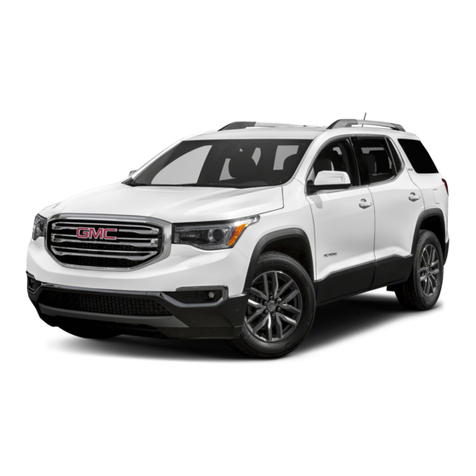The
1996
GMC
Safari Owner’s Manual
s
.............................................................
1-1
This section tells
you
how
to
use
your seats and safety belts properly. It also explains the
“SIR”
system.
Features and Controls
..................................................................
2-1
This section explains how to start and operate your vehicle.
This section tells
you
how to adjust
the
ventilation and comfort controls and how to operate your
audio system.
Here you’ll find helpful information and tips about the road and how to drive under different conditions.
This section tells
you
what to do if you have a problem while driving, such
as
a
flat tire or overheated
engine, etc.
Here
the
manual tells you how to keep
your
vehicle running properly and looking good.
This section tells you when to perform vehicle maintenance and
what
fluids and lubricants to use.
This section tells
you
how to contact
GMC
Truck for assistance and how
to
get service and owner
publications.
It
also gives you information on “Reporting Safety Defects”
on
page
8-8.
Here’s an alphabetical listing of almost every subject in this manual.
You
can use
it
to quickly find
something
you
want to read.
ComfortControls and Audio Systems
.....................................................
3-1
YourDrivingandtheRoad
..............................................................
4-1
ProblemsontheRoad
..................................................................
5-1
ServiceandAppearanceCare
............................................................
6-1
Maintenanceschedule
..................................................................
7-1
CustomerAssistance Information
........................................................
S-1
Index
................................................................................
9-1
i
